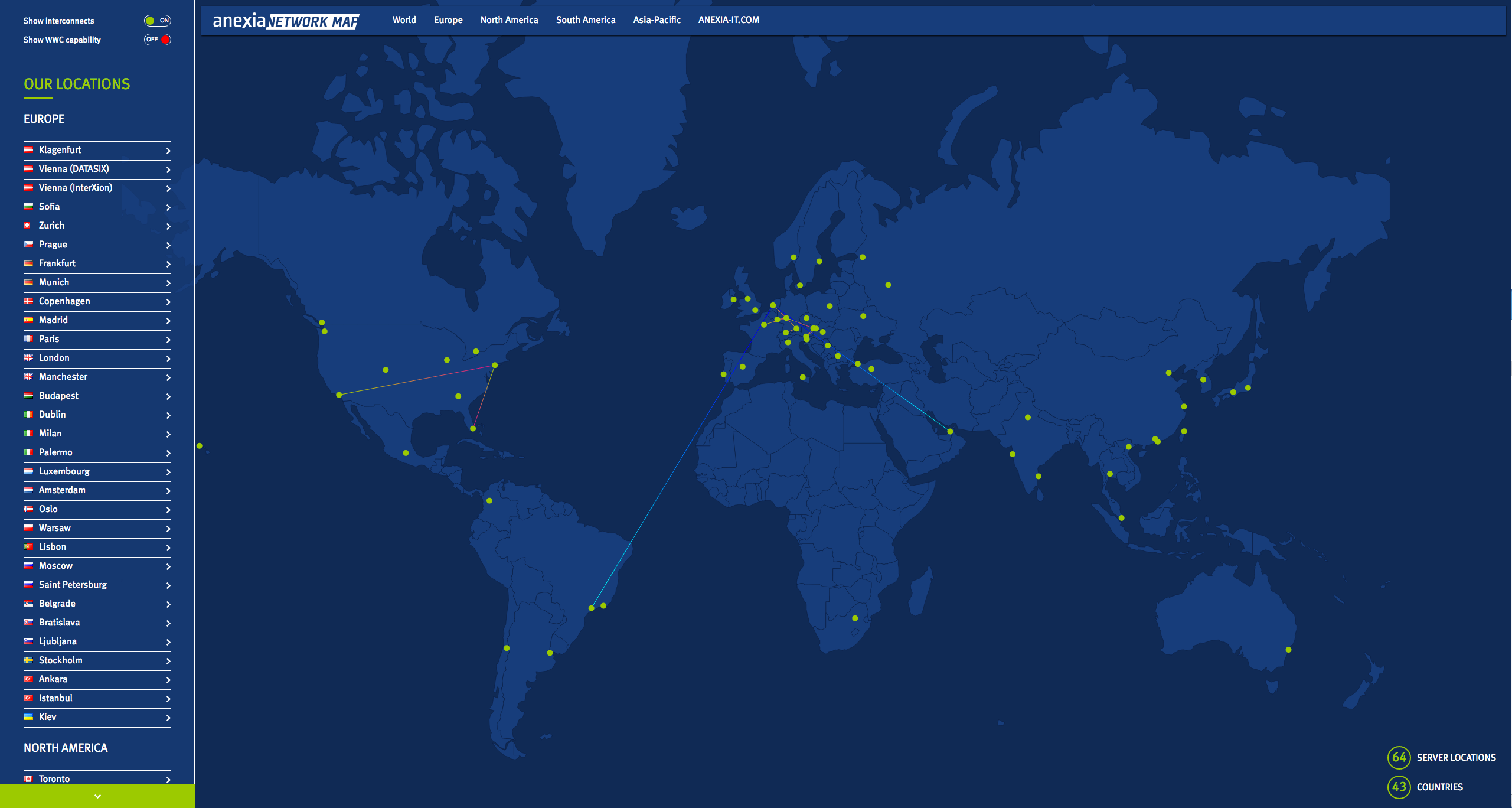Game Hosting: How to avoid the Pokemon Go Desaster
Congrats Niantic: Pokemon Go is a complete success. For weeks the app has been on top of the download charts. But the hype was maybe too huge: just after the launch of Pokemon Go in the US as well as in Europe, server problems have occurred. When the calls on a resource are increasing very fast, the server infrastructure has to react to avoid lags. Virtual infrastructures offer an easy possibility for that – the reason why modern game hosting takes place in the cloud.
The infrastructure of Pokemon Go though wasn’t able to handle with the rush at all times. The cloud market and the offerings are endless. Finding the right, individual solution can be a tough decision. We want to provide some basic facts, that can help: to be safe from server problems like Pokemon Go was facing, and to make gamers happy gaming again.
Cloud Hosting for Online- or Single Player Games
Generally, it makes no difference for the choice for the provider, if you want to offer an online or a single player game. In MMORPGs (Massively Multiplayer Online Role-Playing Games) like World of Warcraft, gamers worldwide are battling against each other. Only milliseconds of delay can decide about winning or losing a battle. But also single player games like Candy Crush are relying on stable server connection. Users want to have access to new gadgets – always and direct. Both gaming concepts need flexible clouds, that scale and can react on peaks. What can be worse, than a game, that lags?
Game Hosting: What to regard
1. Good quality
Often gaming startups don’t care a lot about their infrastructure and most of the time, it’s the price, that makes the decision. But if you want to avoid a server disaster and a possible shit storm, you should be prepared and take a deeper look at the differences. High-quality game hosting pays off, if you avoid lags or, even worse, down times.
What to regard:
- High-quality hardware is the most important thing. Check out the hardware partners of your chosen provider. Do they work state-of-the-art?
- Check the CPU frequency and the availability
- Which security certificates are listed? ISO certificates (ISO 9001, ISO 27001) are for example trustful arguments.
2. Overbooking
It is common to overbook data transfer rates. That is because it is reckoned that not all users will claim the whole power at the same time. So in sum, the booked data transfer rates are actually higher than the physical available connection. You can compare this system to an airplane, which is normally as well overbooked. If there are actually coming as many passengers as booked, airlines react e.g. with upgrades to the business class. For server infrastructure such compensations are not given, because it’s simply not possible. If there is a peak, you can run more servers, but the cable connection is always limited to its physics. So searching for the right hoster, you should also check the overbooking rates.
3. Service Quality and SLA
To react directly on peaks, the network has to be monitored around the clock. Especially games might face high traffic on weekends or in the night. Such 24/7 monitoring is expensive and time-consuming. It’s a good idea not to use own personal resources for that, but book managed infrastructure with the fitting Service Level Agreements (SLA). If you are facing server problems, professionals are taking care of it. Automatized monitoring and reports in combination with competent technicians in on-call service are guaranteeing, that the game has no problems, even on Saturday evening. This leaves more human resources for what you are good in: awesome development and thrilling design.
Sidenote: Go in for the SLA to avoid problems later on!
4. Be, where your gamers are
Do you know what the main reason is for a game that lags? Most of the time it is just physics. Data packets are sent via optical fiber with the speed of light. That means, e.g. that packets between Europe and the US need 150-200 ms. Time, that the enemy could use to decollate you. What can game studios do against it? Be, where your gamers are. With a worldwide network of servers you can be safe to be everywhere and latency is no longer a problem.
High quality managed hosting solutions in the cloud can be a bit more expensive than the bulk freight. But great monitoring, high-quality technique and excellent service will pay off: Who wants to have a Pokemon Go disaster?


